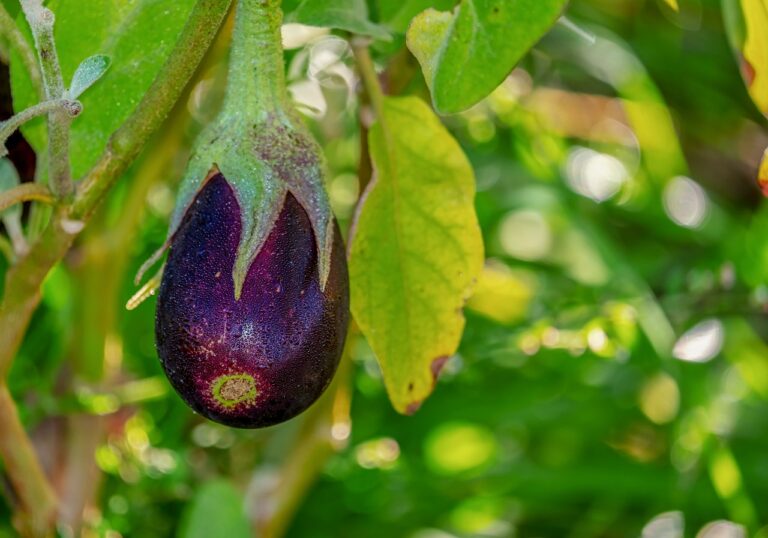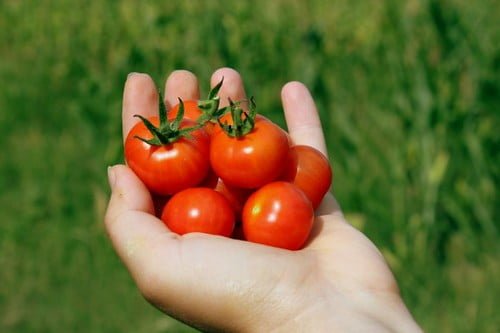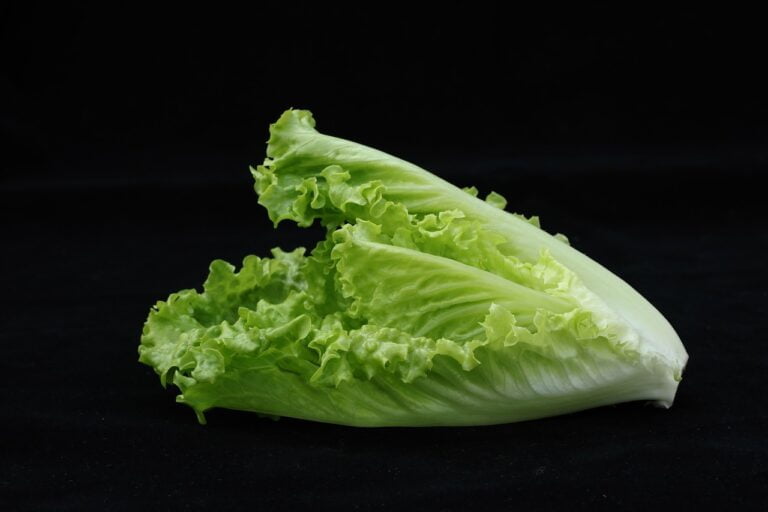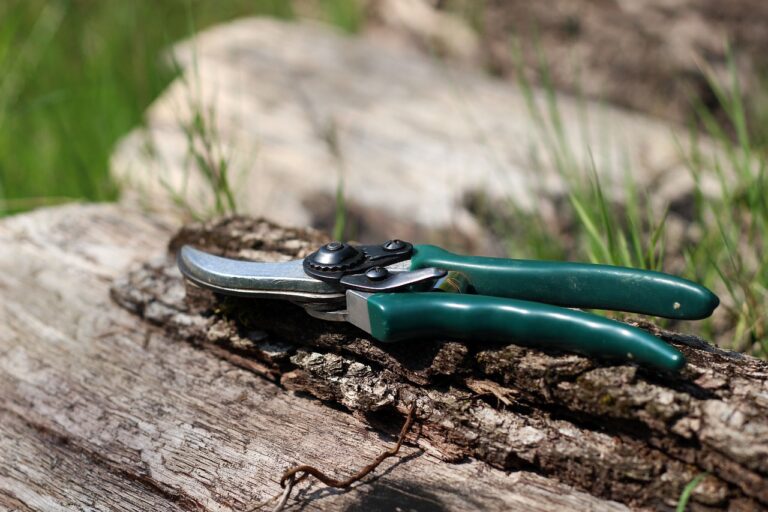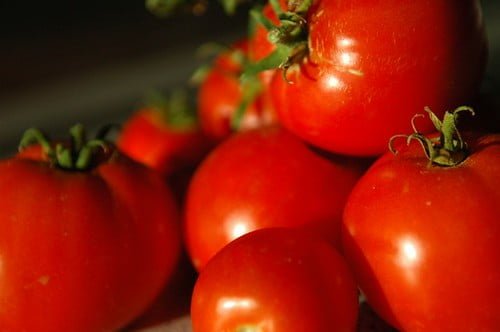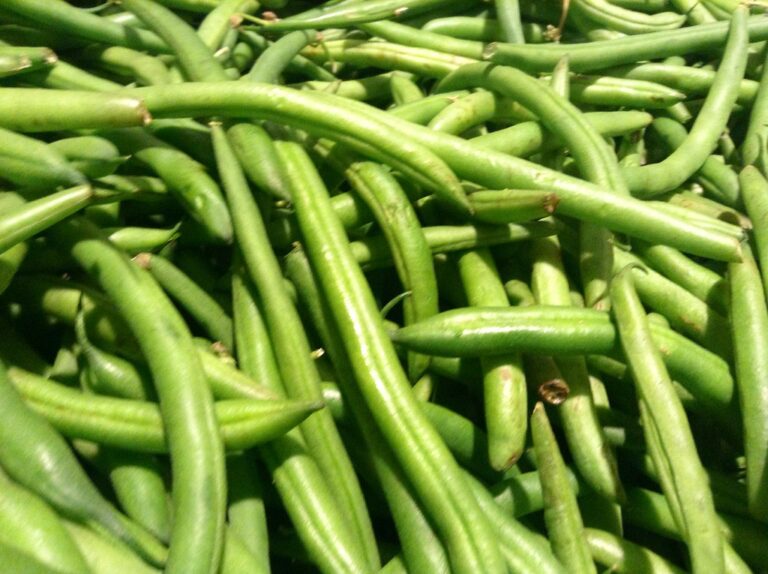A Comprehensive Guide to Planting Cherry Tomatoes
To plant cherry tomatoes successfully, carefully select varieties based on size, color, and flavor profiles, such as Sweet 100 or Black Cherry, and consider factors like heirloom or hybrid options for unique traits. Wait until after the final frost date to plant in a sunny spot with well-drained soil, providing 6-8 hours of sunlight daily and ideal temperatures between 70-85 degrees Fahrenheit. Guarantee consistent watering to prevent issues like blossom end rot, use stakes or cages for support, and inspect for pests and diseases regularly. Harvest when fully colored and slightly soft, store at room temperature, and consider freezing or drying for long-term use. Troubleshoot issues like blossom end rot or yellowing leaves promptly for a healthy harvest.
Cherry Tomato Varieties and Selection
When choosing cherry tomato varieties for planting, consider the range of options available in terms of size, shape, color, and flavor profiles. Cherry tomatoes come in various colors such as red, yellow, pink, and even black, offering a visually appealing array to choose from. The size of cherry tomatoes can vary greatly, from the small and sweet varieties like Sweet 100 to the larger and complex-flavored ones such as Black Cherry.
Heirloom cherry tomato varieties are known for their unique flavors and characteristics, often passed down through generations. These varieties can add a touch of tradition and exceptional taste to your garden. On the other hand, hybrid cherry tomatoes combine the best of both worlds, blending the distinctive traits of heirloom varieties with disease resistance and high yields, making them a practical choice for many gardeners.
Among the popular cherry tomato varieties, Sun Gold stands out with its vibrant golden color and exceptionally sweet taste, making it a favorite among many gardeners. Black Cherry, as the name suggests, offers a deep, rich flavor profile and a striking dark color, adding a unique touch to salads and dishes. Sweet 100, with its small size and exceptional sweetness, is a delight to snack on straight from the vine. Each of these varieties brings its own charm to the garden, catering to different preferences and culinary uses.
Planting Cherry Tomatoes: Timing and Location
To ensure successful growth and fruit production of cherry tomatoes, it is essential to plant them after the final frost date in spring and choose a sunny location with well-drained soil. Cherry tomatoes are sensitive to cold temperatures, so planting them after the last frost date will prevent any potential damage to the young plants. Selecting a sunny location is important as cherry tomatoes require ample sunlight, ideally 6-8 hours per day, to thrive and produce a bountiful harvest. Additionally, well-drained soil is necessary to prevent waterlogging, which can lead to root rot and other issues.
Cherry tomatoes prefer temperatures between 70-85 degrees Fahrenheit, making spring an ideal time for planting to provide them with the right conditions for robust growth. If your garden soil does not have adequate drainage, consider using raised beds or containers for planting cherry tomatoes. Raised beds and containers allow for better control over soil quality and moisture levels, ensuring ideal growing conditions for the cherry tomato plants. By paying attention to timing and location when planting cherry tomatoes, you are setting the stage for a successful growing season and a plentiful harvest of delicious, vibrant fruits.
Essential Care for Cherry Tomato Plants
Consistently watering cherry tomato plants is essential to prevent issues such as blossom end rot and ensure healthy growth. Cherry tomato plants have shallow roots that require regular and consistent moisture levels to thrive. To support the plant’s structure as it grows, using stakes or cages is necessary. This helps prevent the plant from bending or breaking under the weight of the fruit.
Regularly inspecting cherry tomato plants for pests like aphids and diseases such as fusarium wilt is important for maintaining plant health. Early detection and appropriate action can prevent these issues from spreading and damaging the plant.
Pruning is another significant aspect of caring for cherry tomato plants. By removing suckers and excess foliage, you can improve air circulation and sunlight exposure, leading to healthier growth and better fruit production.
Mulching around cherry tomato plants helps retain moisture in the soil, reduce weed growth, and maintain soil temperature. This layer of organic material also acts as a barrier, preventing soil erosion and protecting the plant’s roots.
In addition to these care practices, ensuring consistent watering, proper support structures, regular pest and disease monitoring, pruning when necessary, and mulching will contribute to the overall health and productivity of your cherry tomato plants.
Harvesting and Storing Cherry Tomatoes
Upon reaching ideal ripeness, cherry tomatoes should be harvested and stored appropriately to maintain their flavor and texture. Harvest your cherry tomatoes when they are fully colored and slightly soft to the touch. This indicates that they are ripe and ready to be picked. It is essential to handle them carefully to prevent bruising, which can lead to spoilage.
After harvesting, store your ripe cherry tomatoes at room temperature. Storing them in a cool, dry place away from direct sunlight will help preserve their flavor. It is best to use the harvested cherry tomatoes within a few days to enjoy them at their peak freshness.
Avoid refrigerating ripe cherry tomatoes as the cold temperature can negatively impact their taste and texture. If you have an excess of cherry tomatoes, consider freezing or drying them for longer-term storage. Freezing cherry tomatoes is a great option for preserving them for use in sauces or soups. Drying cherry tomatoes can intensify their flavor and provide a tasty addition to salads or pasta dishes.
Troubleshooting Common Cherry Tomato Issues
Harvesting ripe cherry tomatoes at the right time is important to avoid common issues like blossom end rot and yellowing leaves. Blossom end rot is often caused by calcium deficiency or inconsistent watering practices. To prevent this, make sure your cherry tomato plants receive sufficient calcium through amendments like gypsum or crushed eggshells and maintain consistent moisture levels in the soil.
Yellowing leaves on cherry tomato plants can indicate various problems such as nutrient deficiencies, overwatering, or pest infestations. It is vital to address these issues promptly by adjusting fertilization, moderating watering frequency, and implementing pest control measures using neem oil or insecticidal soap to combat pests like aphids and whiteflies.
Moreover, cracking in cherry tomatoes can occur due to irregular watering patterns or sudden temperature fluctuations. To reduce this, aim for consistent watering schedules and provide some form of shade during extreme heat to prevent rapid temperature changes.
For diseases prevention, practices such as proper plant spacing, good air circulation, and avoiding overhead watering can help ward off common tomato diseases like early blight and late blight. By being proactive in identifying and addressing these common cherry tomato issues, you can promote a healthy and fruitful harvest.

